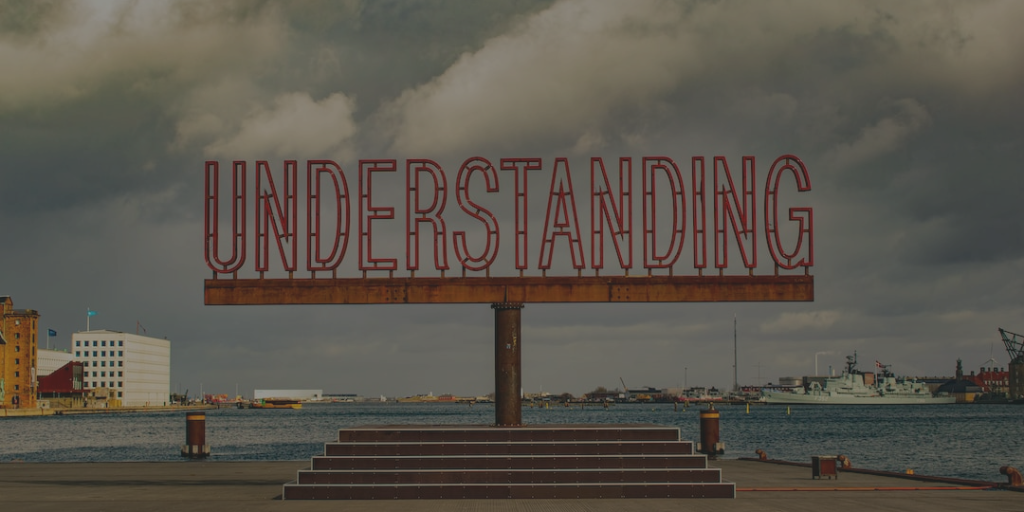Team members don’t always get along. Given competing agendas, interests, perspectives, and needs, we might even have two people who vehemently disagree on our team. As we’ve said before, conflict within a team is not a bad thing. We actually believe that the right kind of conflict is necessary for a healthy, high-performing team. The problem comes when disagreements become rifts that erode trust, impact our team dynamics, and ultimately affect our results. This is why learning how to address conflict productively is critical for teams, but what do we do when our team members just can’t seem to work around their disputes? What’s our role as a leader in a situation like this? Should we get involved or leave them to solve their own problems? One leader might say, “We’re all adults here; they’ll figure it out.” But in our experience, that usually just leaves things festering. And while they’re “figuring it out,” what’s the cost to the organization? In our experience, unhealthy conflict is a distraction that high-performing leaders minimize through mediation skills. What does that look like?
Sometimes there’s a belief that mediation is about saying the right thing. One leader speaking with David recently shared her view of how this moment should go. She imagined a movie-like scene where she called the individuals at odds into her office; she would share a couple of thoughtful, instructive words. Light bulbs suddenly would flash over their heads, and everyone would say, “Oh, we get it. Everything’s good now. We’ll be better teammates in the future.” Of course, her real-life experience never quite worked out that way.
One of the reasons why this approach often doesn’t work is because it’s built off assumptions. Many times, leaders don’t know nearly as much about their teammates’ conflict as they think they do, and subsequently, they can’t help team members resolve the actual tension. That’s why leaders should start mediating conflict by asking questions and practicing empathy. Researchers from Northwestern University found that when leaders do this, they’re more likely to experience successful outcomes in conflict. Questions invite others to pause, think, and clarify their frustrations, allowing us to better understand the issues.
The power of questions.
Having an arsenal of go-to questions helps you quickly get into the role of mediator. In most cases, the best starting point is with one-on-one conversations to better understand the issues from all perspectives. This is more manageable than inviting everyone into a group discussion when the facts are still unclear to you and crosstalk tends to happen. Once you have a basic understanding of what happened and how long it has been going on, you can move to more probing questions like:
- How does (insert name of the other person) feel? Can you put yourself in their shoes?
- What is the (insert name of the person they are at odds with) saying?
- What is the difference between your perspective and (Insert name)?
- Does anything that you’ve heard go against your values?
- What parts of this conflict do you believe you could be responsible for?
- What will happen if this conflict isn’t resolved through this discussion/process?
- What would you be willing to do or change to help resolve this issue? What would you like to see done or changed?
Recognize that there is no objective reality in situations like this. Everyone perceives what has been done differently. Through questions like these, we grab a greater understanding of the situation. We also open up the opportunity to get each person in the conflict to see things from the other person’s perspective, thus bridging the gap between them.
—–
Reflection: In moments of conflict, do you start with mining for understanding? How could you improve your handling of conflict amid your team?


















